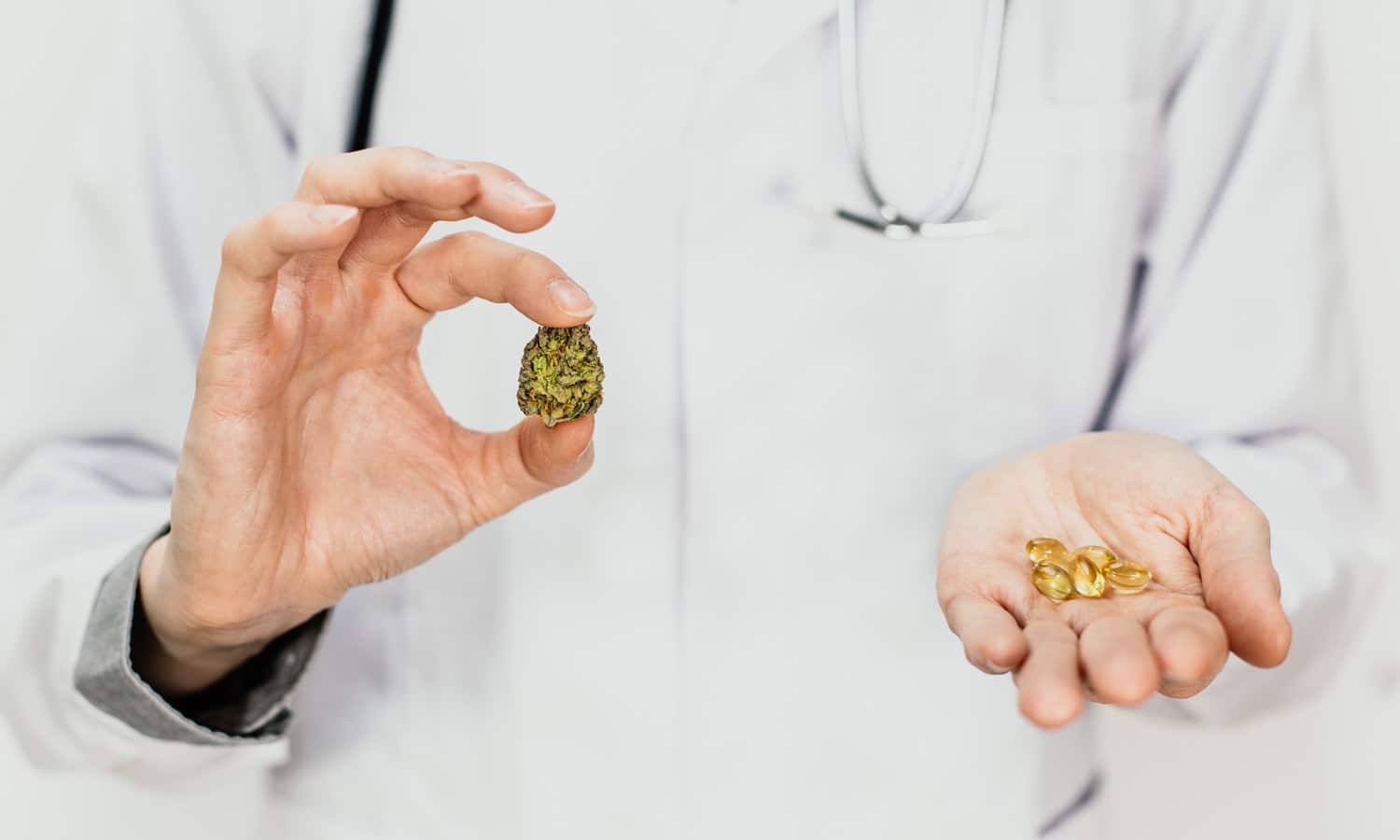For the past few years, hospitals and medical professionals have been meeting to develop policies that set a unified pattern of using products derived from marijuana to treat specific patients.
“A new and deadly menace is lurking behind closed doors. Marijuana, the burning weed with its roots in hell…” That is the opening trailer voice over of the extremely alarmist 1936 black-and-white film Reefer Madness. In the old Hollywood trailer, the narrator elevates the marijuana melodrama to the danger level of an immediate alien invasion.
We like to think we have become enlightened in the eight or more decades since then. But the subject of marijuana is still causing extreme concerns in the medical community. And there are still many pockets of resistance in the legal, medical and user community to prescribing marijuana, because of the legacy of this history.
Even as two of its key components, CBD and THC, are studied and researched, the ingredient that produces the high associated with marijuana and the side effects of that high are still being discussed, debated and explored today.
For many people suffering from chronic pain and other physical ailments, marijuana could be used quite successfully. Even with conditions like, fibromyalgia, endometriosis — which both share chronic pain — THC can alleviate some symptoms.
For the past few years, hospitals and medical professionals have been meeting to develop policies that set a unified pattern of using products derived from marijuana to treat specific patients. In 2015, the Minnesota Hospital Association made policy decisions around marijuana and its legalization for some medical conditions. A broad consensus of medical professionals agreed that products could benefit patients, especially those with chronic pain conditions said Dr. Rahul Koranne, MD, MBA, FACA, who is the chief medical officer of the Association.
RELATED: Dr. Sanjay Gupta: Researchers Are Focused On Treating Autism With Marijuana
Speaking from experience, Dr. Koranne also strongly advised the nurses, pharmacists, representatives from drug associations (including professional boards), as well as drug advisory councils and legal counsel, be brought into the policy making meetings.

A case from 2014, that eventually won over Dr. Sanjay Gupta and made national news, is still relevant and underscores the use of both CBD and THC in the treatment of patients. An incredibly young patient, Charlotte Figi, suffered daily epileptic seizures, from a rare form of epilepsy. With doctors and initially Charlotte’s patents, both opposed to the use of medical marijuana for such a young patient, everyone eventually came together. The family met with two doctors, Margaret Gedley and Alan Shackelford, who advised medical marijuana.
To address their desperately needed supply, the Figi family met with a Colorado couple, the Stanleys, who had a modified strain, that was high in CBD and comparatively low in THC. The strain was ideal for a young child and became known as Charlotte’s Web and is now widely available.
RELATED: Charlotte’s Web Namesake Charlotte Figi Passes From COVID-19
The visibility of the later Dr. Gupta segment with Charlotte removed some of the stigmas for medical marijuana and led to more states adopting rules governing the safe use of marijuana. But since 2015, we haven’t come so far. As a doctor, are you educated around marijuana and the risks and rewards?


